Corporate News
Company News
- Aluminum veneer customization, creating a new proposition for personalized space!
- Aluminum veneer: the fashionable choice of modern architecture, revealing its charm!
- Aluminum veneer curtain wall: the magnificent coat of modern architecture
- Aluminum veneer curtain wall, delicate interpretation of architectural aesthetics
- The aesthetic of aluminum veneer curtain wall separated by one board
Industry dynamics
- Great Wall exterior aluminum veneer creates a new benchmark for building exterior walls
- Efficient and energy-saving perforated aluminum veneer
- Fluorocarbon aluminum veneer: the "fashionista" of the construction industry
- Aluminum veneer customization, creating a new trend of personalized space!
- Punched aluminum veneer: the new darling of creative space
Frequently asked questions
- What is the thermal insulation performance of aluminum veneer?
- What are the maintenance methods for aluminum veneer?
- How sustainable is aluminum veneer?
- Can aluminum veneer be used for building canopy design?
- Can the insulation function of aluminum veneer be long-lasting and effective?
contact us
Mobile:+86 15627778610
Email: 2201229786
Address: No. 5 Binjiang Road, High tech Zone, Zhaoqing City, Guangdong Province
Aluminum veneer curtain wall: the "fashionable coat" of architecture
- Author: Xinlongtai Aluminum Industry (Guangdong) Co., Ltd
- Release time: 2022-03-05 05:48:50
- Click:0
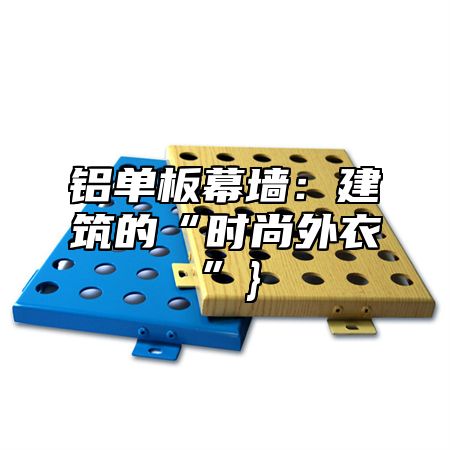
You know what? In modern architectural design, there is a material that can both give a building a "fashionable coat" and enhance its performance, and that isAluminum veneerCurtain wall. This thing may sound high-end, but in the end, it's just a group of aluminum plates dancing on the wall. Don't look at how they dance, there are many stories behind them.
Firstly, let's talk about the name aluminum veneer curtain wall, which sounds like a group of aluminum panels dancing a "veneer dance" on the wall. Imagine these aluminum plates neatly arranged, each carefully selected, like actors on stage, showcasing their charm every moment.
Speaking of which, it reminds me of an architectural design exhibition I attended last year. At the exhibition, various architectural models filled the hall, and I particularly noticed a building model designed with aluminum veneer curtain walls. The appearance of that building is simply eye-catching, with smooth lines and simple contours, like a modernist sculpture. Standing in front of the model, I couldn't help but think of the cartoons I watched when I was a child, where each character was dressed in a gorgeous "coat". And this aluminum veneer curtain wall, isn't it like the "fashionable coat" of architecture?
This' fashionable coat 'is not something to wear casually, it has been asked by universities behind it. Aluminum veneer curtain wall, as the name suggests, is made of aluminum veneer as the material for the exterior wall. This material is lightweight, corrosion-resistant, easy to process, and can also provide sound and heat insulation effects. So, aluminum veneer curtain wall is a multifunctional "artifact" in architecture.
I remember reading in a book that there are dozens of surface treatment processes for aluminum veneer curtain walls, ranging from simple anodizing to complex fluorocarbon spraying, each process is aimed at creating a unique "wall". This also reminds me that behind every aluminum plate, there may be the figure of a craftsman working hard. They used their own hands to turn aluminum plates into pieces of art.
Speaking of which, I can't help but think of a friend of mine who works in the design of aluminum veneer curtain walls. Once, while we were chatting, he told me that he had stayed in the factory for several days to design an aluminum veneer curtain wall, observing how workers cut, weld, and spray aluminum panels. He said that those workers were like performing a 'magic show', turning ordinary aluminum plates into magical 'walls'.
The design of aluminum veneer curtain walls has not been smooth sailing. In the design process, designers need to consider various factors such as the building's shape, surrounding environment, and functional use. Just like a fashion designer, when designing clothes, they need to consider both fashion elements and meet the personalized needs of customers.
I remember one time, my friend received a design project for an aluminum veneer curtain wall. The client requested to consider the building's thermal insulation performance while ensuring its aesthetic appearance. This can cause difficulties for friends, as it is not an easy task to have both face and substance. My friend finally found a design that is both beautiful and practical through repeated experimentation. When I listened to him talk about these things, I seemed to see the joy flashing in his eyes.
Speaking of the application of aluminum veneer curtain walls, they have become increasingly popular in the field of construction in China. From high-rise buildings to commercial complexes, from residential communities to public facilities, the presence of aluminum veneer curtain walls is ubiquitous. Even some designers combine aluminum veneer curtain walls with materials such as glass and stainless steel to create unique architectural styles.
In my opinion, aluminum veneer curtain walls are like the "fashionable coat" of architecture, which can enhance the overall beauty of the building and meet people's requirements for building performance. Perhaps in the near future, with the continuous advancement of technology, aluminum veneer curtain walls will bring us more surprises.
However, on the other hand, this' fashionable coat 'is not omnipotent. In practical applications, we also need to consider the maintenance and upkeep of aluminum veneer curtain walls. After all, even the best clothes require our careful care. In the process of design, construction, and use, we must strive for excellence and maximize the value of this "fashionable outerwear".
I want to say that although aluminum veneer curtain walls are good, we cannot overly pursue aesthetics and ignore practicality. After all, the original intention of architecture is to meet people's living needs. While pursuing aesthetics, we also need to pay attention to the functionality and environmental friendliness of buildings, so that this "fashionable coat" can truly bring convenience to our lives.

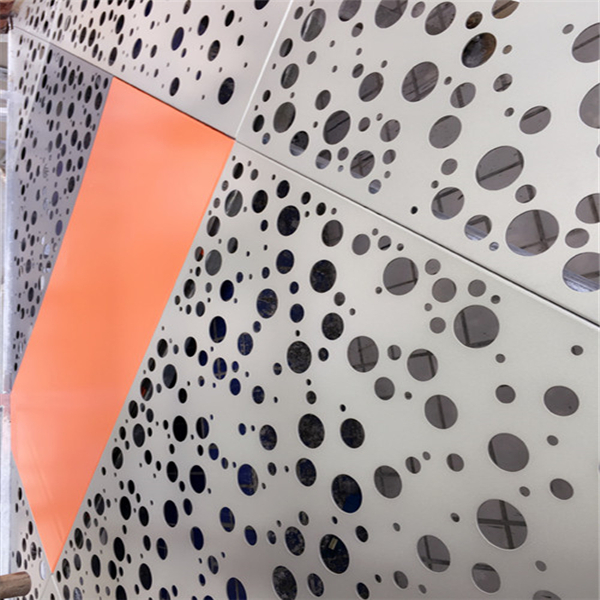
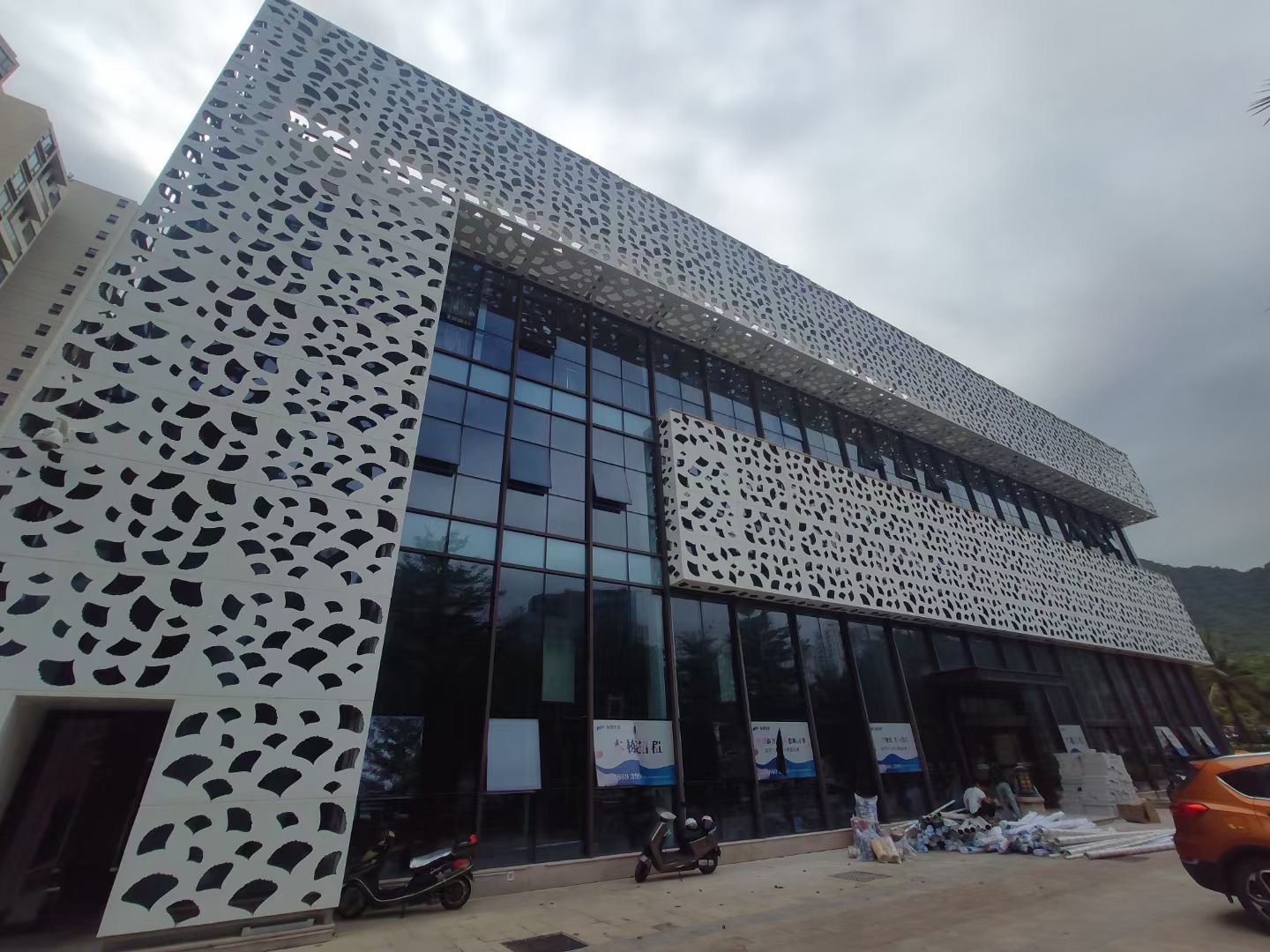
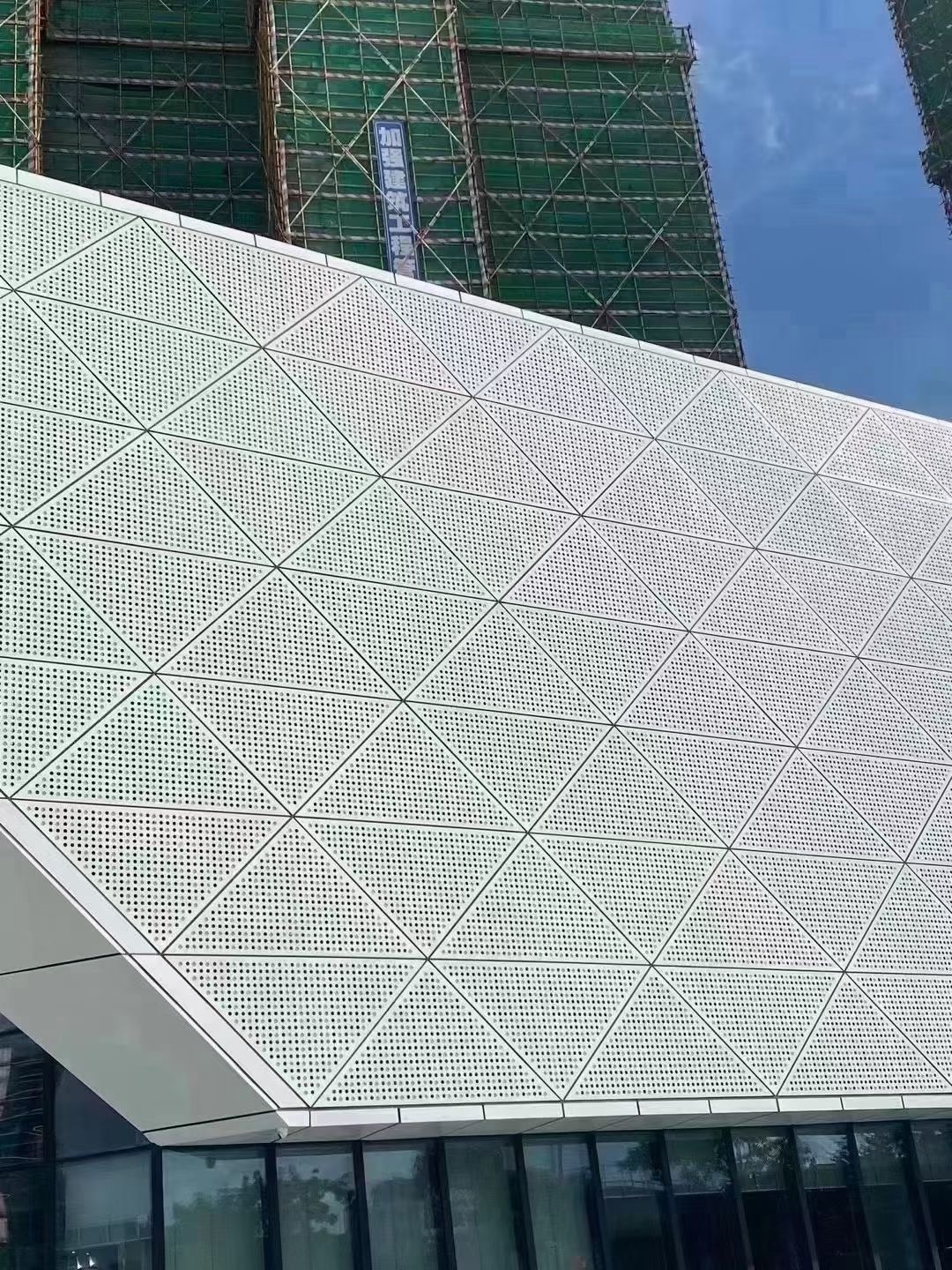
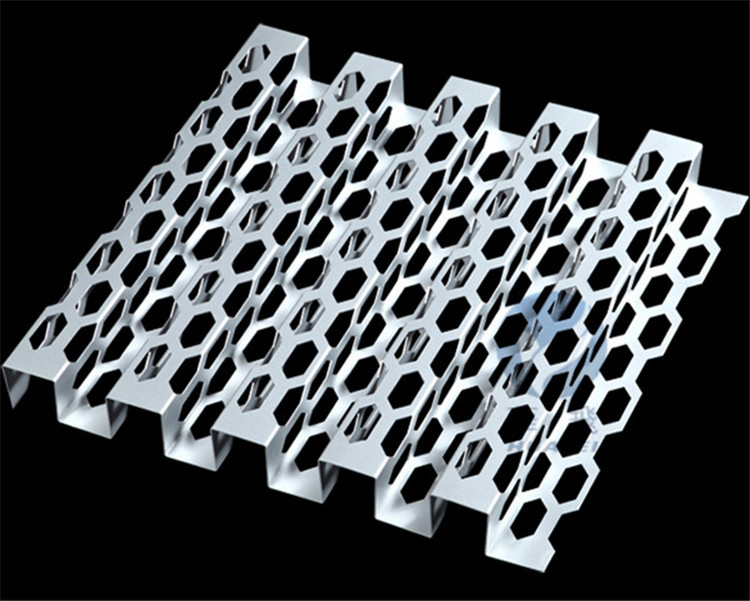
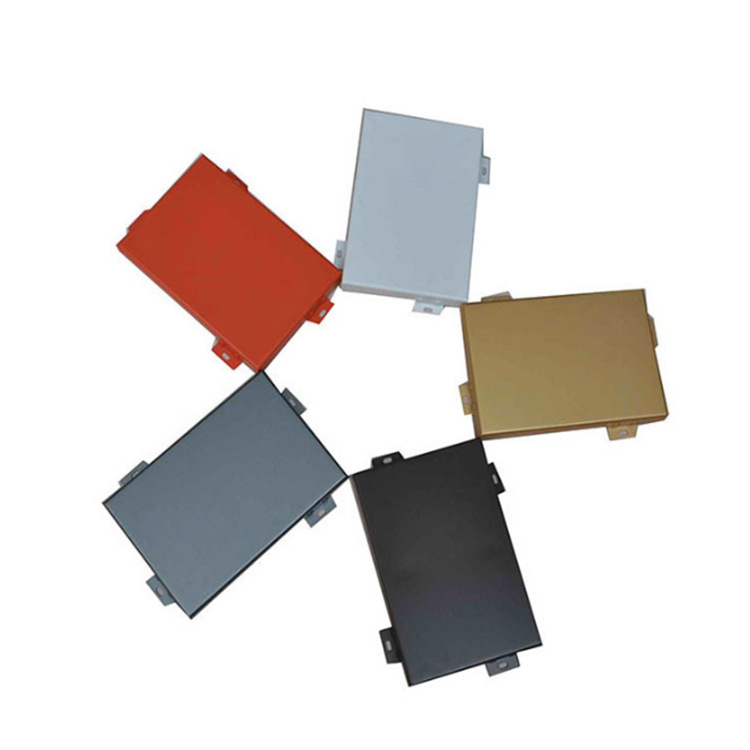
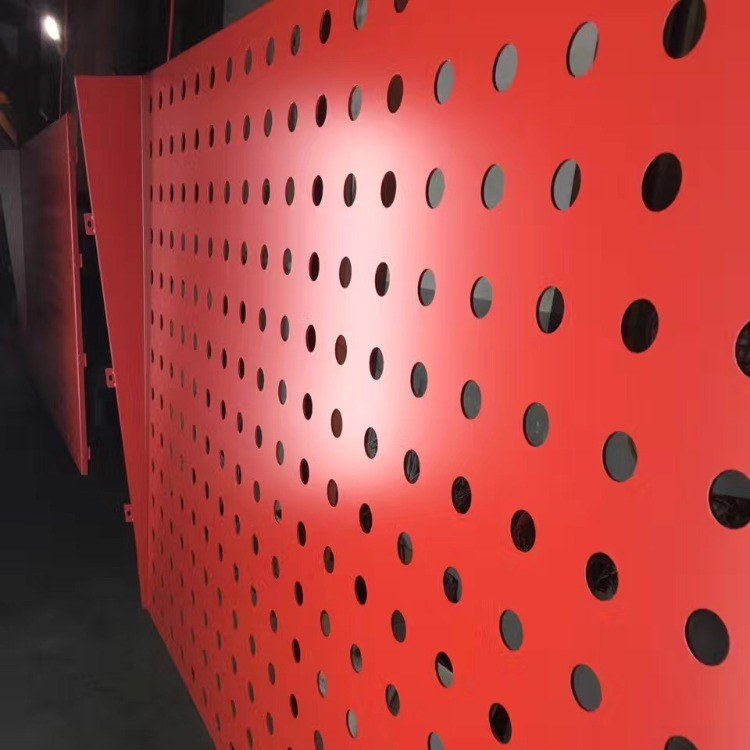
 Customer service QQ
Customer service QQ